Head-To-Head: Microsoft Surface Pro 6 Vs. Dell XPS 13
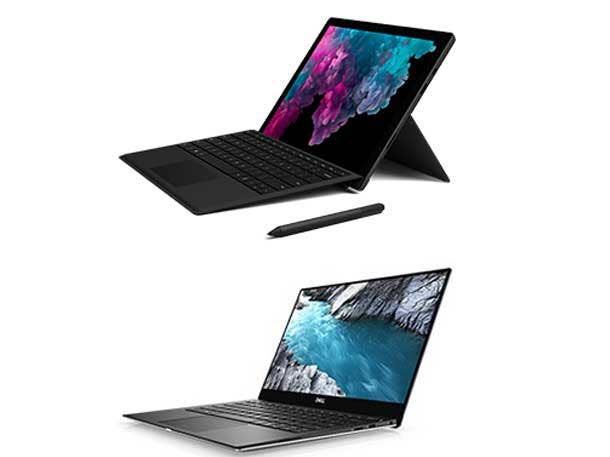
Face Off
For getting productive on the go, Microsoft's Surface Pro and Dell's XPS 13 have been two of the best-loved devices for years. Both offer amazing portability combined with strong performance, while also bringing together consumer-friendly design with work-centric sensibilities.
But there are plenty of differences between the devices, too--specifically, between the Surface Pro 6, which just launched this week, and the redesigned XPS 13 for 2018, which launched early this year.
Which is a better fit for your needs? In the following slides, the CRN Test Center compares Microsoft's new Surface Pro 6 vs the Dell XPS 13 for 2018 on specs and price.
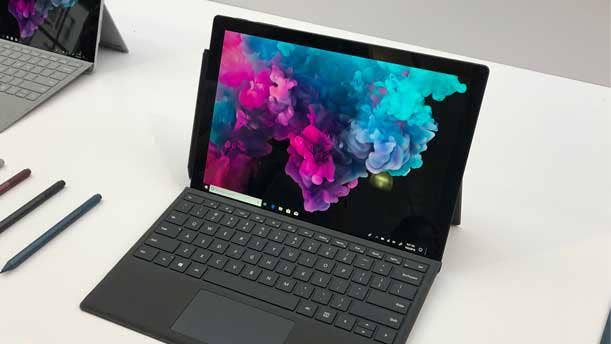
First Things First
One difference to mention upfront is that the Surface Pro 6 is sold as a standalone tablet, with its detachable keyboard/cover sold separately. That's in contrast to the Dell XPS 13, which is a standard clamshell laptop. The XPS 13 does, however, feature an optional touch screen for the display--making its touch functionality comparable to that of the Surface Pro 6.
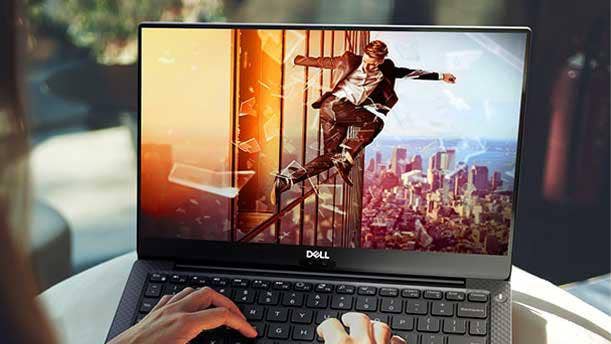
Display
The display size offers another key difference: The XPS 13 features a 13.3-inch screen, giving a fair amount more screen space than the 12.3-inch display of the Surface Pro 6. Three different screen options are available for the XPS 13, two of them with touch capabilities. The touch options are for a 4K/UHD resolution (3,840 x 2,160) or an FHD (1,920 x 1,080) display. The third XPS 13 option is for a non-touch display with FHD resolution. The Surface Pro 6 comes in between the FHD and UHD options of the XPS 13, with a resolution of 2,736 x 1,824.
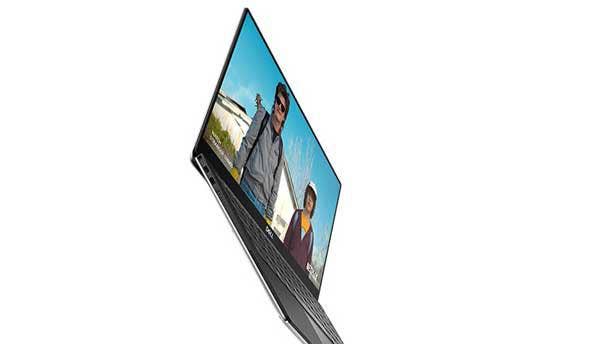
Thickness & Weight
Microsoft didn't alter the form factor on the Surface Pro 6, meaning that it remains at 2.37 pounds for the tablet with Type Cover. That makes it about 12 percent lighter than Dell's XPS 13, which weighs in at 2.68 pounds.
However, Dell put a major emphasis on reducing the thickness of the XPS 13 with the redesign earlier this year, bringing it to just 0.46 of an inch thick. That actually makes it thinner than the Surface Pro 6 with Type Cover, which measures 0.53 of an inch thick.
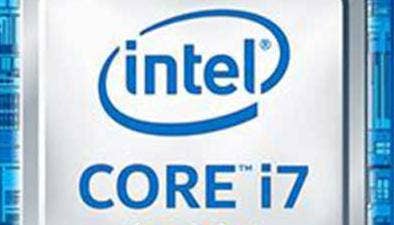
Processor
One major upgrade with the Surface Pro 6 is on the processing power, with the tablet moving up to eighth-generation Intel Core processors—either Core i5 or Core i7, both of which are quad core and part of Intel's U series. That puts it in the same generation of processor as offered by the latest XPS 13. Processor choices for the Surface Pro 6 include the Core i7-8650U (clock speed of up to 4.2GHz); Core i5-8350U (for the commercial model, up to 3.6GHz); and Core i5-8250U (for the consumer model, up to 3.4GHz). That means the Surface Pro 6 comes out slightly ahead on speed, as the XPS 13 tops out at the Core i7-8550U (clock speed of up to 4GHz). The XPS 13 also offers options for Core i3-8130U (up to 3.4GHz) and the Core i5-8250U.
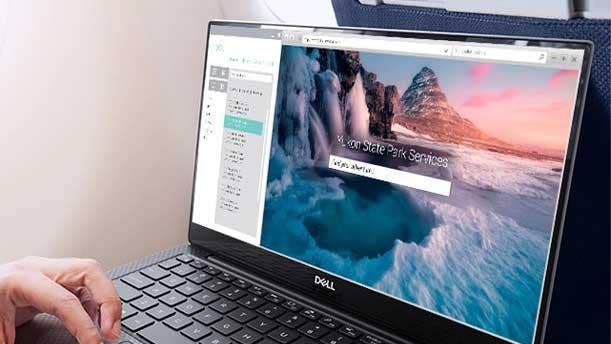
Battery Life
Microsoft hasn't increased the battery life with the release of the Surface Pro 6, but that might be because the last generation had come with such a large boost. The Surface Pro 6, like its predecessor, promises up to 13.5 hours of battery life on a charge--which is a significant amount for a 2-in-1 tablet. However, the Surface Pro 6 falls far short of the XPS 13 FHD model, which promises nearly 20 hours of battery life per charge. Dell doesn't offer an estimate for the 4K XPS 13 model, which would likely be closer to the battery life of the Surface Pro 6.
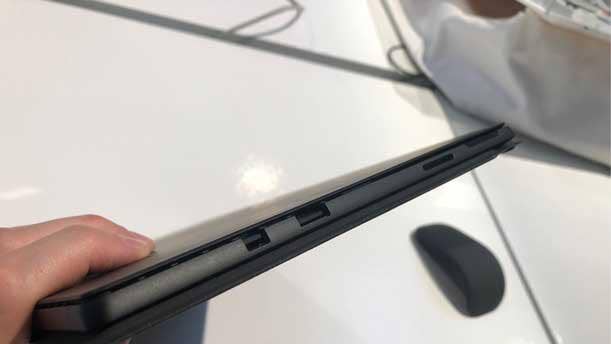
Ports
Microsoft has held off from introducing USB-C connectivity with the Surface Pro 6. Instead, the tablet sticks with a USB-A port, along with a Mini DisplayPort and a microSD reader, as on the previous Surface Pro.
The XPS 13, on the other hand, cuts USB-A out of the picture completely, instead relying almost entirely on three USB-C ports. USB-C, of course, requires a converter for using USB-A or attaching to a display. The XPS 13 also includes a microSD card slot.
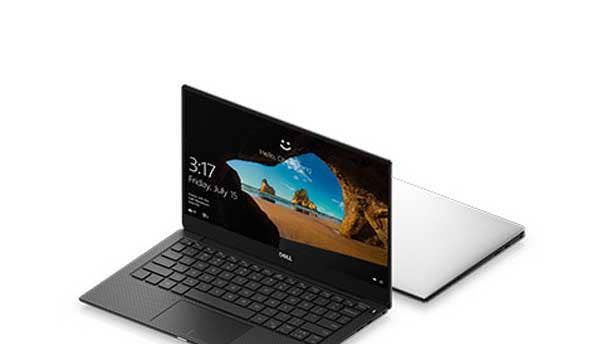
Memory & Storage
Another difference between the devices is that the Surface Pro 6 doesn't have an entry-level option for 4 GB of RAM, instead coming just in 8 GB or 16 GB variants. The XPS 13, meanwhile, has an entry-level model with 4 GB of RAM as well as 8 GB and 16 GB configurations.
On storage, both the XPS 13 and Surface Pro 6 are configurable with 128 GB, 256 GB, 512 GB or 1 TB.
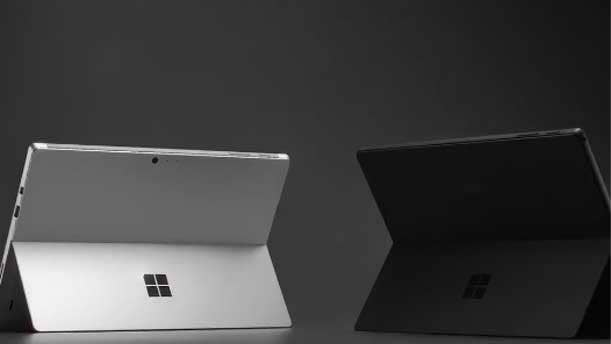
Color
The most noticeable update with the Surface Pro 6 is that Microsoft is introducing a new matte black color variant. The matte black color joins the platinum color option for the new version of the 2-in-1 tablet. The XPS 13 comes in rose gold or platinum silver colors. For the rose gold model, a key distinguisher is the "alpine white" design for the palm rest, keyboard and display bezel. The white palm rest is made from woven glass fiber, which was specially created for the laptop so that it's cleanable, as well as being UV-resistant.

Price
Since Microsoft doesn't package the Surface Pro 6 tablet with the Type Cover, you'll need to factor that in when comparing the Surface Pro 6 vs the XPS 13 on price. There are two Type Covers for the Surface Pro—a basic Type Cover for $130 and the "Signature Edition" for $160 with Alcantara fabric around the keys.
The entry-level price for Dell's new XPS 13 is currently $850 for a model with 4 GB of RAM, 128 GB of storage, FHD non-touch display and eighth-gen Core i3 processor. The least-expensive Surface Pro (with Signature Type Cover) is available for $1,059. That price gets you the same amount of storage as the entry-level XPS 13, but a faster processor (eighth-gen Core i5), double the RAM (8 GB) and a higher-res, touch display.
For a closer comparison, the XPS 13 with Core i5, 8 GB of RAM and 256 GB of storage is priced at $1,100, while the Surface Pro 6 in that configuration is priced at $1,199.
Moving up to the 4K touch model of the XPS 13 will hike up the price, with that model currently starting at $1,760.